Person Centered Therapy

Psychologist Carl Rogers developed this theory as an alternative to Freudian and Cognitive Behavioural models. Foundational to his ideas was the notion that the client is the expert on themselves, with the therapist seen as an equal. The emphasis was on the relationship that would be built between client and counsellor and the client's priorities would be what determined the direction of therapy. It, therefore, became known as non-directive therapy1.
Rogers stipulated that provided the counsellor could offer what he termed the Core Conditions, the client would be able to trust, grow, and heal from many mental health problems, such as anxiety and depression.
There were 6 Core Conditions, but the most well-recited2 are
- Empathy - the ability to feel what the client feels and to communicate this
- Congruence - genuineness/authenticity in the counsellor
- Unconditional Positive Regard - a non-judgemental acceptance of the client
He believed people are basically good and could “self actualise” - reach their potential - if given the opportunity.
Rogers said that each person has a self-concept which has different facets:
- Self Image - what we know about ourselves such as height & weight, who we are in relation to others, e.g. son, husband, brother, and personal characteristics like stubborn or easy-going.
- Self-esteem - the value we place on ourselves. This tends to be built on comparing self with others and on how they relate to us. Self-esteem can be high or low, depending on how we rate our performance against that of others, and on how much others approve of us.
- Ideal self - the person we would like to be. This can be close to, or very different from, the self-image. The more gap there is between the two, the greater the incongruence in the person, resulting in psychological distress. The client themselves would feel this discomfort and want to change of their own free will3.
How does it apply in counselling?
The person-centred Therapist seeks to build a good therapeutic relationship with the client through empathy, non-judgementalism, and their own authenticity. They seek to honour client autonomy, hence they don't give homework, advice or suggestions, but focus on what is important to the client, supporting them in finding their own inner resources to work through problems. PC counselling is often the core model used by Integrative Therapists who then utilise facets of CBT, Psychodynamic Theory, etc. in order to offer clients a tailor-made approach to their individual issues.
Refrences:
- The Person Centred Association. (2018). What is the Person-Centred Approach? . Available: https://www.the-pca.org.uk/about/what-is-it.html. Last accessed 16th Jul 2020.
- Vinney, C. (2018). What Is Self-Concept in Psychology? . Available: https://www.thoughtco.com/self-concept-psychology-4176368. Last accessed 18th Jul 2020.
- Counselling Tutor. (2020). Carl Rogers' Core Conditions. Available: https://counsellingtutor.com/counselling-approaches/person-centred-approach-to-counselling/carl-rogers-core-conditions/. Last accessed 18th Jul 2020.
